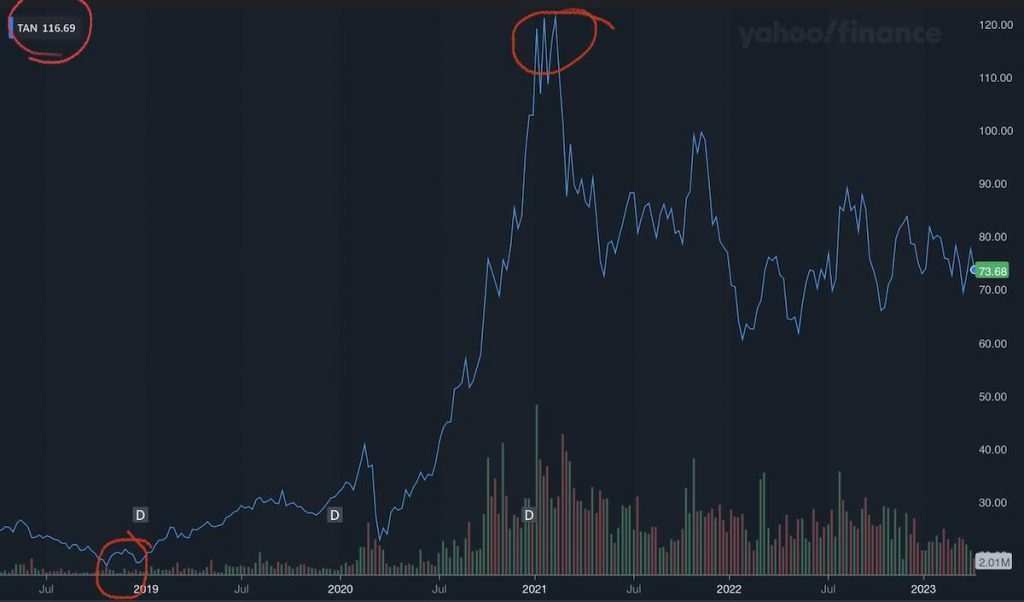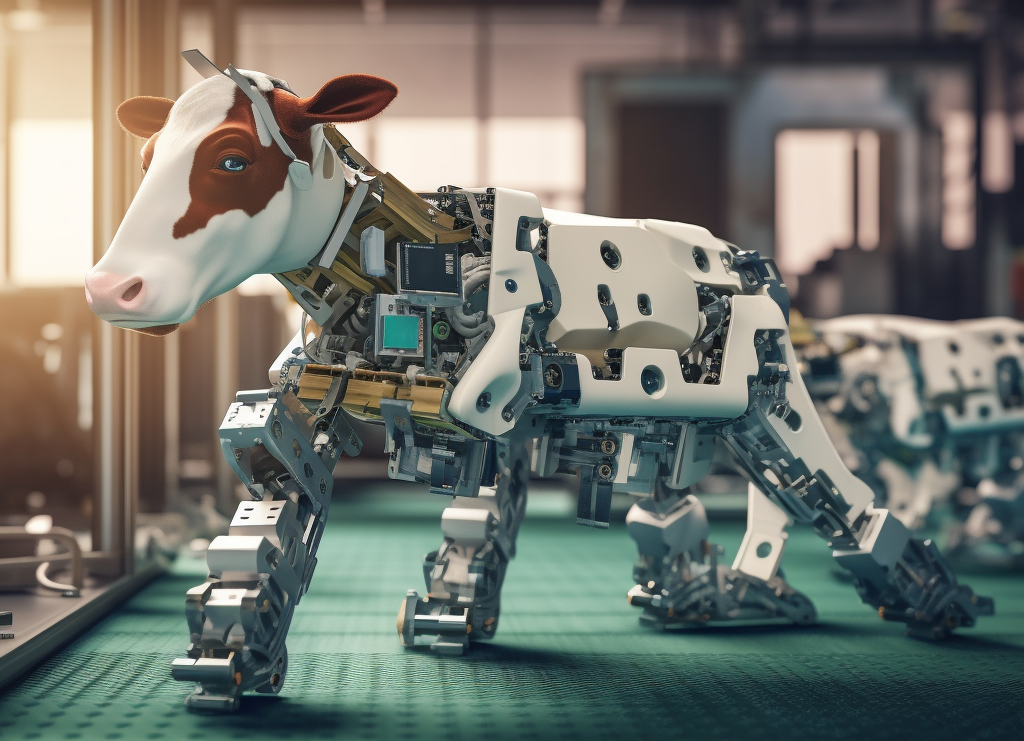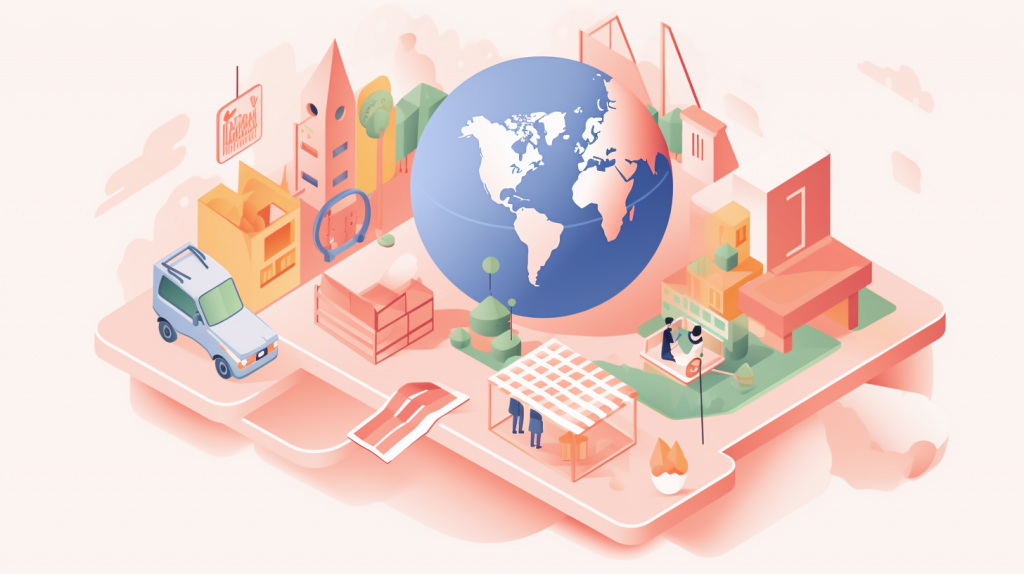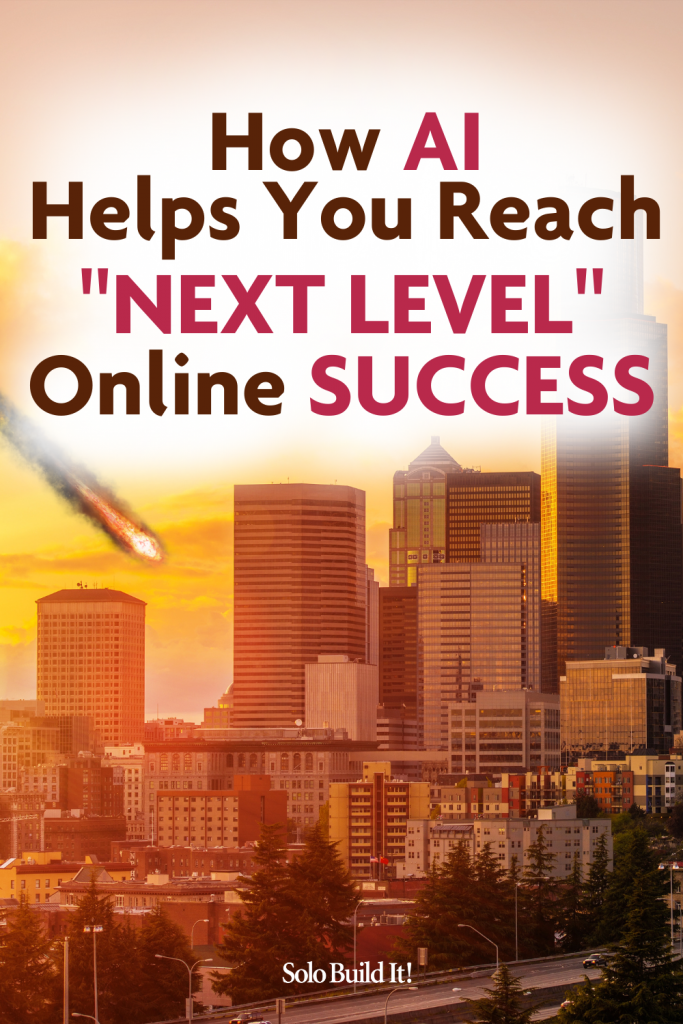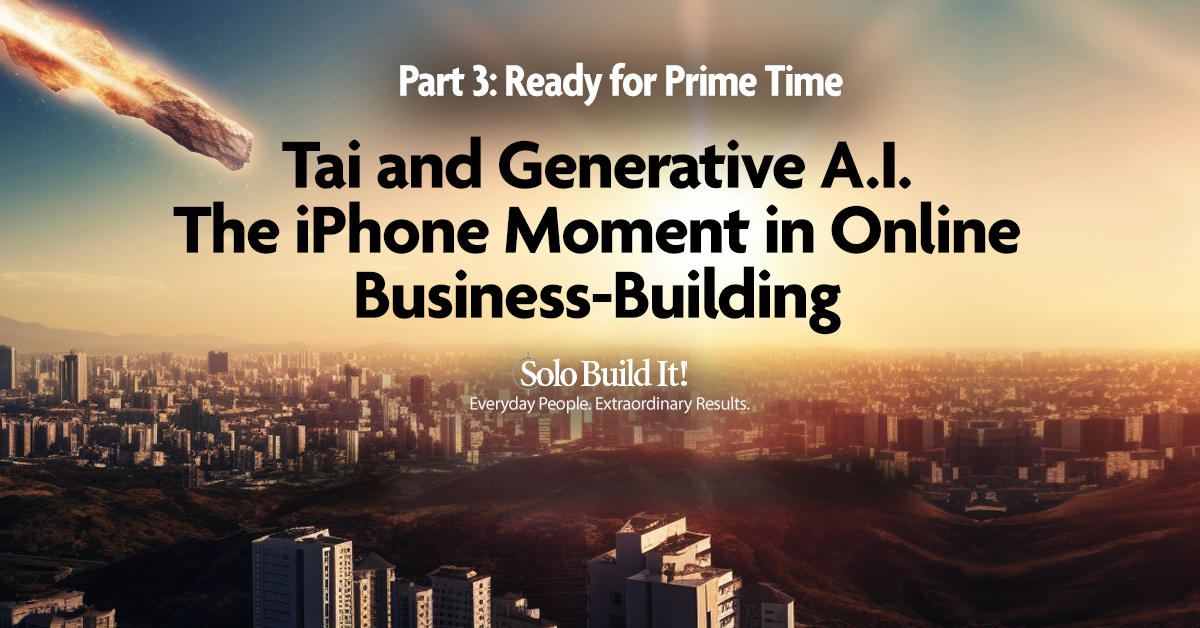
What happens when a disruptive technology reaches the minimum cost/benefit ratio that makes it commercializable?
It disrupts!
In Part 2, we saw how solar power simply wasn’t “ready for prime time” during most of the 2010s.
Ten years later, the 2020 story was completely different. As the cost started to make sense for the amount of electricity being generated from the sun, things started to move slowly, as we can see from the stock chart of “TAN,” a fund that invests in a bunch of solar companies.
See the slope turn slightly upward (left red circle) during December 2018?
Solar tech was making painstaking but steady progress. Slowly at first, the panels gradually became more efficient, capturing an increasing amount of electricity for fewer dollars. We can see the stock market responding to reports of an improving technology.
Improvements in the technology accelerated… high efficiency (sophisticated tech), low cost, improving fast. The magic combination hit a tipping point… the inflection point.
You can see the price slope go increasingly vertical until it hit a peak (red circle, top center) in early 2021. After that, it settles into a steady range at around $75, almost 4 times the $20 at which it was stuck for years (far left).
Here’s what’s happening…
Improvements and cost reductions found new use cases in increasing numbers. That drove the number of panels being manufactured and sold, which, in turn, reduced the price. Rinse and repeat…
Lower prices found new use cases and grew existing ones. That drove the manufacture of more/better panels, at a lower price.
This flywheel continued, slowly gaining steam until the inflection point (where the curve becomes increasingly vertical) was reached, as you saw in the graph in Part 2.
Whenever that happens, “gradually” becomes “suddenly.” In this example, panel volumes increased dramatically while the price per unit dropped significantly. This is when any technology quickly becomes mass-market commercializable…
At this point, the technology is “ready for prime time.” The technology will continue to strengthen and get cheaper until it reaches the plateau phase at the top of the S curve. At this point, it “delivers” a strong, differentiated technology at a low price. But it’s not done.
Research and development will continue improving the technology for years, although never again at the high rates of improvement that occurred just after the inflection point.
At that point, it’s considered a “mature technology.”
Bottom line? A technology that’s improving, together with a price that’s dropping, results in increasing demand and production. Increasing volumes mean decreasing prices, which in turn push demand and production even higher.
We’re witnessing the same for GPT-4. Four factors (exponentially growing data, ever more powerful GPT technology, decreasing costs, and the mixing and matching of technologies and their S-curves) result in a power that’s growing so much, so fast, along with a price that’s dropping, that the benefits-per-dollar are hard to fathom.
You will, though, be the better for it, as will your business! What’s not to love about a product that will do an increasingly better job at helping you create your best content ever, at a lower and lower cost?
This is important because, whether you choose to use SBI!’s Tai or not, I’m asking you to make a serious commitment to a new technology that will help grow your business faster than what you currently experience. To do that, you need to know that all of this hype-y noise is not just one big fad.
It’s not. “Artificial” is real. And amazingly, it gets even better…
Driving Price Even Lower
OpenAI recently decreased the price of GPT-3 by 90%. Even the experts were dumbfounded, but they shouldn’t have been.
Price decreases as a technology advances to the right on the time axis (i.e., improves in effectiveness), along its S curve. At some point, as volume increases from the thousands to the millions and even billions, price hits its inflection point and drops like a rock.
When several technologies emerge at the same time, someone will combine them to form new products with radically new usefulness. That will only happen when the technologies are reasonably advanced, meaning that they’ve moved close to, or beyond, their respective inflection points.
The S-curve overlap increases the technologies’ combined power while driving down price faster than any single component can.
The result is profoundly exponential. Business, education, medicine, agriculture, climate… everything and everyone benefits whenever S curves start affecting the others.
Everything. Everyone. Everywhere. All at once.
Kind of sounds like a movie, doesn’t it?
Let’s consider just one example, from its original invention 100 years ago, a brilliant combination of technologies at the time, to the modern high tech version that, once again, combines many new technologies, some disruptive.
Innovation: Then and Now
The assembly line sent productivity soaring in the 1920s. An invention of this magnitude produces “ripples” that are often unforeseen.
People moved from the country to the city in large numbers, with widespread ripples affecting where and how people lived around the world.
I asked GPT-4…
“What technologies, novel at the time, were necessary for the invention of the assembly line in the early 20th century?”
Only then did I fully appreciate all the innovation that went into that incredible new way to make stuff. Highlights include…
- Mass manufacture of interchangeable parts
- Communication and coordination: the telephone
- Electric motors
- Conveyor belts
- Division of specialized labor
So what’s up with “the line” in 2023?
Why not ask GPT-4 again?
“Now discuss what technologies have gone into the assembly line to create the cutting edge, modern day version.”
Once again, we’ll stick to just the highlights, although I do recommend asking GPT-4 the same questions if you want a full appreciation of the original invention and how far it has come by combining a variety of technologies, each with its own S-curve.
The highlights…
- Robotics and automation
- Sensors on the Internet of things
- Artificial intelligence and machine learning
- Augmented reality (AR) and virtual reality (VR)
- Collaborative robotics
Holy cow!
These cutting edge technologies have greatly enhanced the capabilities of modern assembly lines. Robotics, sensors and AR/VR hardware progress along their respective S-curves, while the software products improve their cost/benefit along their own S-curves while affecting all the other technologies.
The final product is the modern, cutting edge assembly line with greatly increased efficiency, productivity, and adaptability. The outcome of this combination of curves is crushed costs and superior output in quantity and quality.
And once again, the unforeseen…
From “Ripples” to Global Freedom
The result, increasing production, quantity and quality, at lower cost, also now frees people for higher level work. Many can now work remotely, so they can live where they want to, not need to, reducing and diversifying the dense urban concentration that had developed during and after the previous multi-tech revolution.
This is even more true for liberated office workers, downsized middle managers (who start consulting businesses to leverage their expertise) and especially the millions of solopreneurs who start their own web-based enterprises.
So, for example…
Nowadays, smaller cities and exurbs are “in,” as are warm, low-tax states like Texas and Florida. It doesn’t stop there…
The unforeseen impact on mobility has taken us from “mass urban” to “redistribution per desire” and finally, most radically…
The most liberal-minded and freedom-seeking are leaving their home country (“accidents of birth”) for warm, low-cost and no-tax/low-tax developing nations. The digital worker not only earns the same or greater amount, his or her dollar goes 3-4 times as far, thanks to the absence of income tax and the lower cost of living!
Humans have long been progressing from low-paying manual labor to higher-reward knowledge workers. Now, these appropriately skilled people are becoming highly in-demand to “earn globally and buy locally.”
This is a WIN-WIN situation. Developing countries perceive the benefit — increasing numbers are developing special visa programs that are marketed to knowledge workers of all kinds.
From the politicians’ point of view, these workers not only buy or rent locally (homes, furniture, groceries, etc.), they hire locally (maids, gardeners, drivers, etc.). Most attractive of all, many have online businesses, so they employ locally, too, enabling them to grow faster than ever while bringing the local population into high tech employment.
Why explain all of this to you? As the owner of an online business, you could not only be earning-and-keeping more than ever, but also be in control of your life to a degree that one would not have thought possible just a few years ago…
Become a “Sovereign Individual”
The growing influence of sovereign individuals impacts the world in ways we’ve never seen before.
As of 2023, there are over 50 countries and national territories that offer special visa programs for digital nomads, also known as knowledge workers. These countries’ programs allow digital nomads to live and work there for extended periods of time, often without having to pay income taxes.
Some of the most popular countries for digital nomads include:
- Estonia: Estonia offers a one-year digital nomad visa for non-EU citizens who can prove they have a remote job and earn at least €3,500 per month.
- Croatia: Croatia offers a one-year digital nomad visa for non-EU citizens who can prove they have a remote job and earn at least €2,500 per month.
- Portugal: Portugal offers a one-year digital nomad visa for non-EU citizens who can prove they have a remote job and earn at least €3,040 per month.
- Thailand: Thailand offers a one-year digital nomad visa for anyone who can prove they have a remote job and earn at least $50,000 per year.
- Mexico: Mexico offers a one-year digital nomad visa for anyone who can prove they have a remote job and earn at least $20,000 per year.
Here’s the full list as of February 2023…
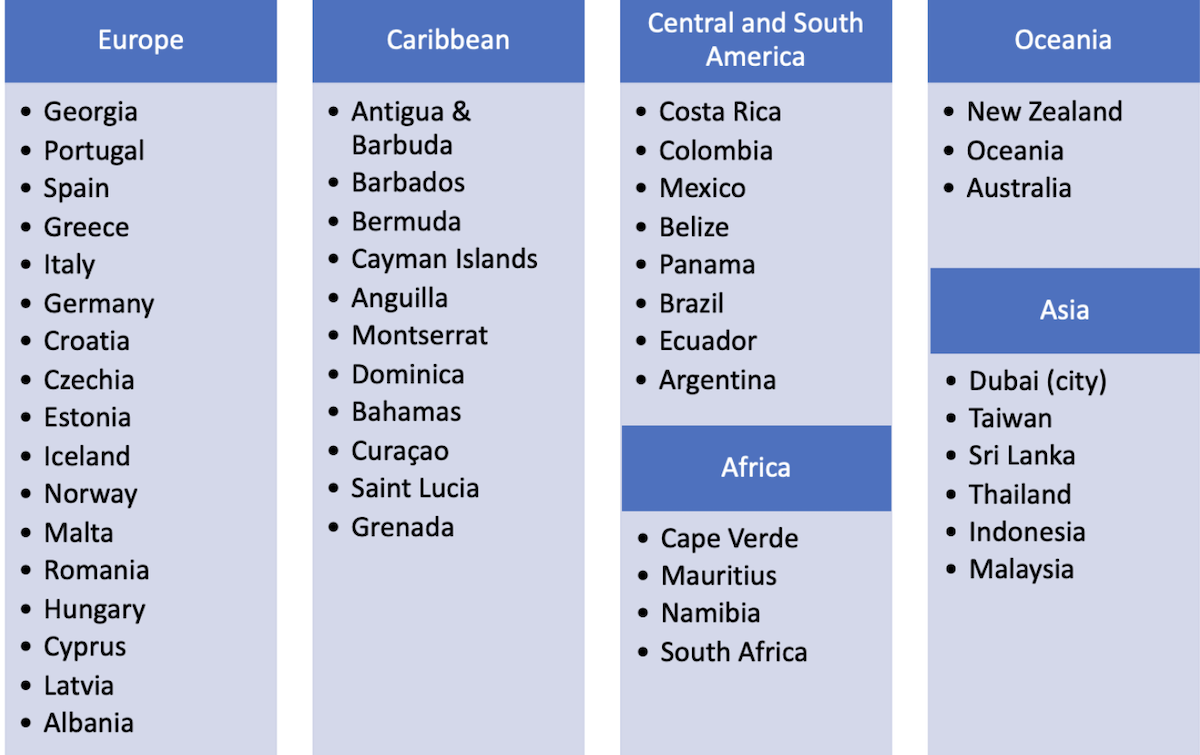
Together with Bali (Indonesia), that makes 50 countries and territories in competition for your residency!
In the future, if a state or country fails to make itself attractive enough to this increasingly large and mobile group, it loses because people will choose countries that “get it” and value them appropriately.
Governments can be expected to become more respectful of human rights and freedom, all the qualities that we as individuals value. And the beauty is that this revolution is bloodless. Governments have to get with it or fade away.
It’s not just the developing world that’s catching on to the fact that you, the knowledge worker, are an extremely attractive asset. Some developed countries, such as France, now have programs in place to attract entrepreneurs from around the world to start up future unicorns (billion dollar businesses).
Its key feature? Bypass the crushing bureaucracy that stifles startups.
Now that’s attractive. And it couldn’t happen without competition for those with special, valued skills.
So, the question is not, “What’s next?” It’s…
“What’s Next for Me?”
The answer is, “Whatever you decide is next.”
Red alert‼️ This is not a drill. Not theory. This is real! All of it is in your hands to do with as you choose.
As I said in Part 1…
“2023 will be identified as the pivotal year, the inflection point that led us into a previously unimaginably brilliant future.”
I hate to sound like a carnival huckster, but this truly is the beginning of a generational opportunity. Only rarely, if ever, do we get the opportunity to “get in on the ground floor” of something that’s this life changing.
Will you take advantage of being at this unique “iPhone moment” in time? Living the life you want, doing what you want, where you want, has never been more doable.
Or will you passively watch as others capitalize on this unique moment in history? Watch or do? It’s totally up to you.
Let’s continue this thought with a peek into Part 4…
Millions will become even more successful as they “hire” TAIs (“Transformer Artificial Intelligence” bots) to accelerate and magnify their progress.
Origins
These bots work by using a combination of…
- “attention networks” to understand words and sentences,
- “neural networks” to store and process information, and
- a “transformer” technology that helps to interpret the words and sentences, thereby understanding the language better
Now you see why these bots are referred to as “GPT” — “Generative Pre-trained Transformer.”
This GPT AI was designed for natural language processing tasks, followed by the ability to generate human-like replies…
- The “Generative” part refers to the model’s ability to create new content.
- “Pre-trained” signifies that it has been trained on a massive amount of data, and
- “Transformer” describes the underlying architecture used in the model. It powers what are called large language models (LLMs), the result of training the technology on near-endless data (“text” in our case). Transformers can do a lot just by paying attention to the right parts of the input.
Examples of GPT include OpenAI’s GPT-4 and Google’s Bard.
“My Tai”… More Than a Tropical Drink 🤭
Solo Build It! will soon be launching its own version of a GAI-powered virtual assistant, “Tai.” It integrates GPT-4 deeply into SBI!’s core C T P M process.
Few products have been as focused on enabling solopreneurs to succeed as SBI!. Its reproducible, step-by-step process enables solopreneurs to succeed at unmatched rates and levels of success.
We’re pouring all we know into Tai, your business-building assistant. Following the same philosophy and strategies of SBI!, it’s like..
“SBI! to the Power of 2.”
Working in the same effective way that SBI! itself functions, merging into SBI!’s step-by-step process, Tai effectively squares SBI!’s world-highest traffic-building and monetizing power.
It does that by working in the exact same way that SBI! works. Pull together all the information you need to know, build out a reproducible step-by-step process, and include all the tools you need (e.g., a prompt builder to turn the hardest part into a foolproof one) to accelerate growth.
That raises the question…
What’s the only online business-building product that’s even more effective than SBI!?
“SBI! to the Power of 2!”
Um, OK, I guess it was a trick question, lol.
Seriously…
Now that you understand the big picture context and have a sense of what’s heading your way, you’re ready to roll.
In Part 4, you and I get into the nitty-gritty…
I’ll show you how to use what we’ve covered together in ways that allow you to reach levels of online success that you may have previously thought were unattainable.
I also explain, in reasonable detail, how to avoid a catastrophic outcome — an all-too-easy event that will happen to many. I cover instead how to take matters in a different direction that maximizes your chances of superb search rankings.
See you in Part 4.
If you’ve missed any parts of this series, they’re available here.
If you have questions or comments, ask them in the comments below. I read them all and will answer many of them.
Ditto for using A.I. to grow an online business — is there a topic that I haven’t covered? Let me know how you would like me to extend the series. I’m all 👂s!
Until we meet again, be great.
Images by DALL-E and Midjourney.
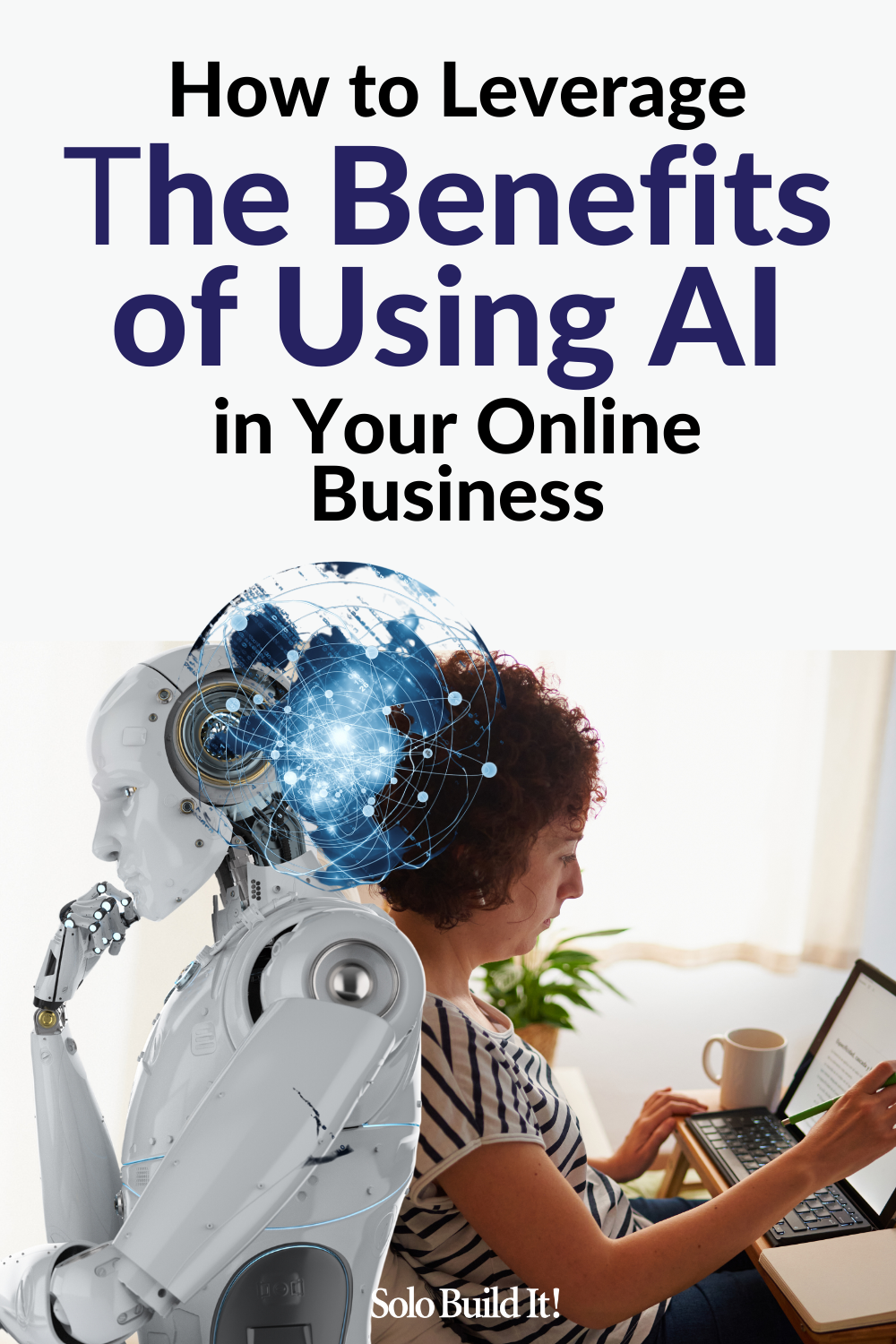

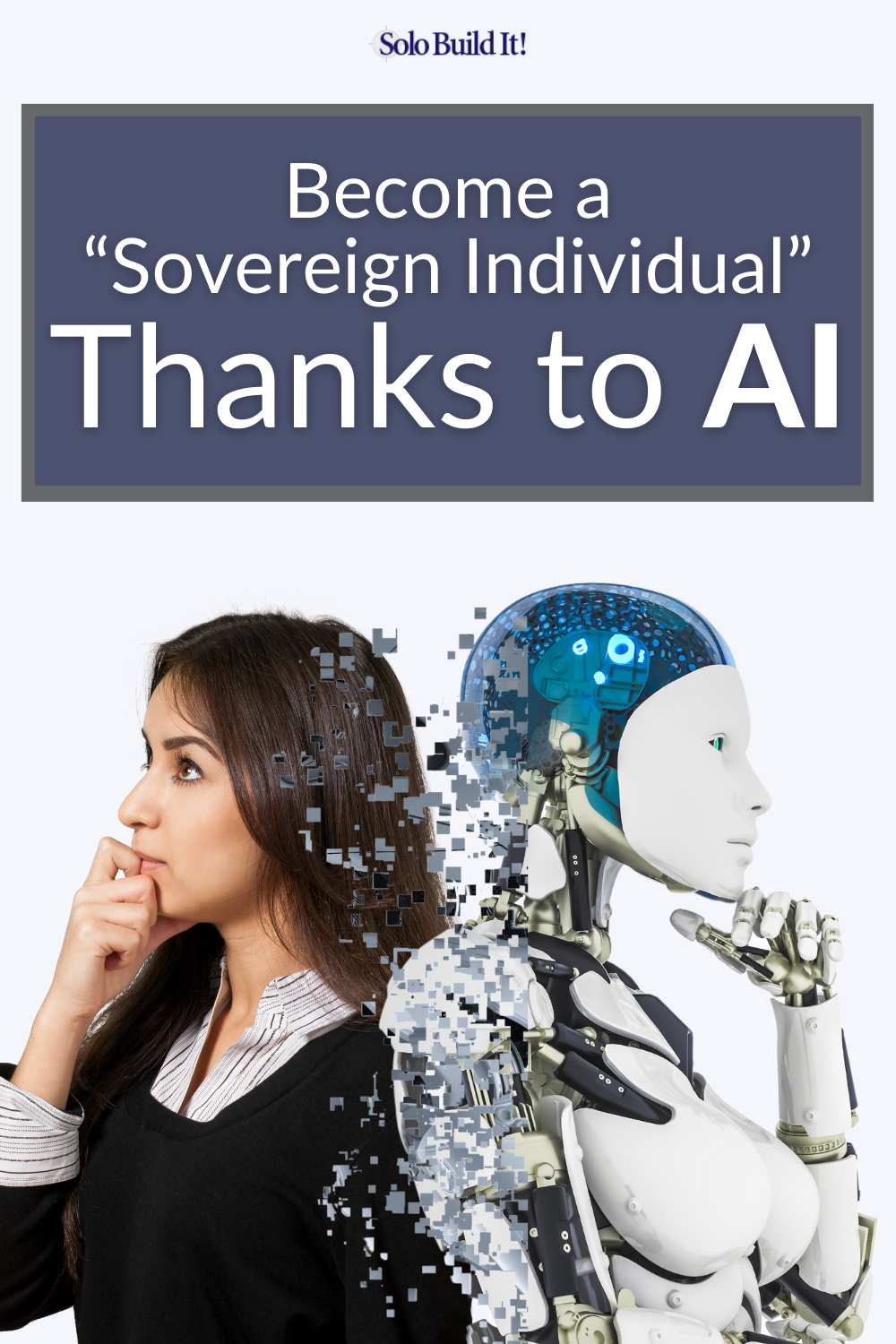
Latest posts by Ken Evoy (CEO, SiteSell) (see all)
- Threads vs X (Twitter): The Battle of Titans, Musk vs Zuckerberg - July 13, 2023
-
Part 7: Tai and Generative A.I.
3X Your Productivity - May 18, 2023 -
Part 6: Tai and Generative A.I.
6 Bees and 6 P’s - May 9, 2023

